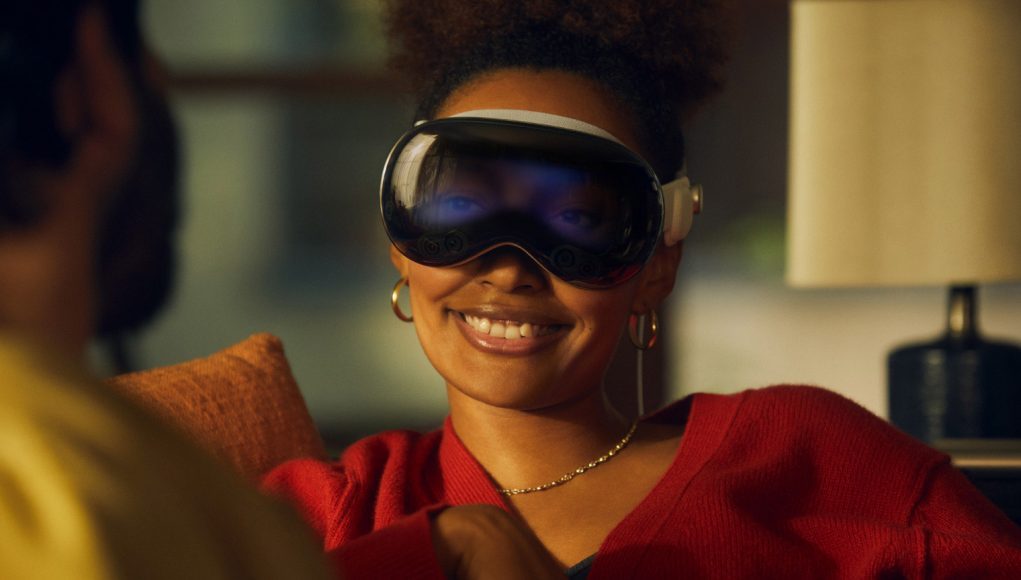Apple Vision Pro is set to have a casting feature, which will let spectators keep an eye on the immersive action as it happens.
Apple today launched pre-orders for Vision Pro, the $3,500 mixed reality headset. In addition to being a general computing device, replete with casual content like streaming TV and movies, Vision Pro is of course capable of fully immersive VR stuff too.
One of the big sticking points with VR headsets is isolation from other people in the room, and while the company has made a point of making Vision Pro less alienating thanks to its EyeSight display—showing off a holographic version of the user’s eyes—the company revealed it’s also allowing AirPlay casting too.
“Up to 1080p AirPlay for mirroring your view in Apple Vision Pro to any AirPlay‑enabled device, including iPhone, iPad, Mac, Apple TV (2nd generation or later), or AirPlay‑enabled smart TV,” the Vision Pro specs page reads.
As you might guess, Vision Pro isn’t the first XR headset to do this; it’s become fairly standard now on standalone devices such as Quest 2/3/Pro and Pico headsets. Granted, this will probably only be useful in VR or AR apps, and not stuff like watching TV or browsing the web, but it’s good to know the company is keeping up the Joneses, and making sure everyone else in the room can see what that new $3,500 headset is capable of.
What’s Apple Vision Pro all about? Check out our hands-on to find out, and discover why Vision Pro isn’t really for gaming, but manages to do everything else better.







